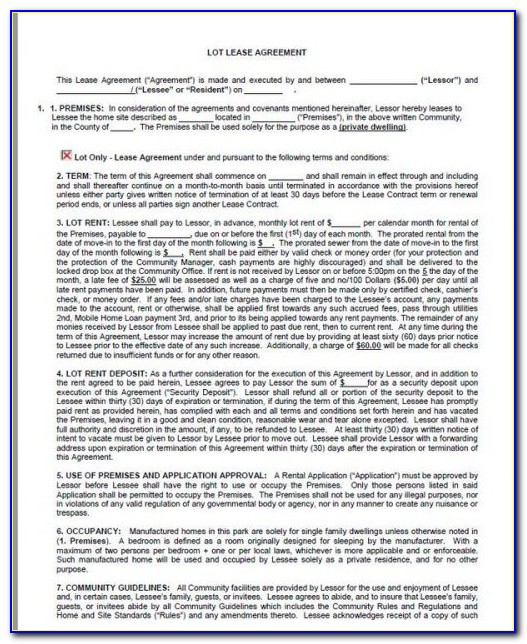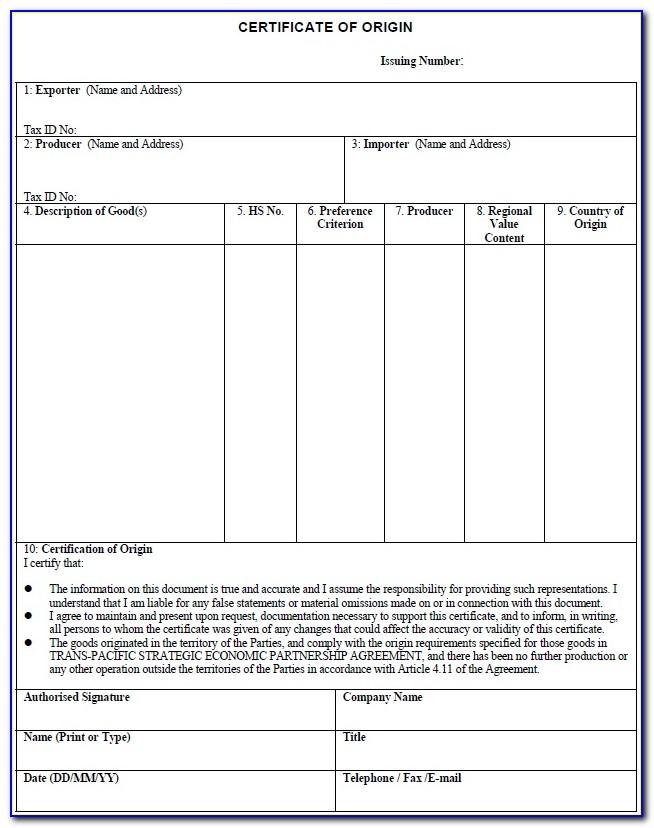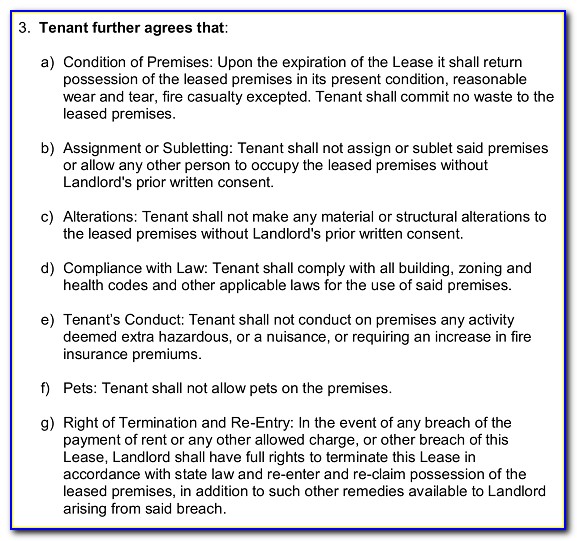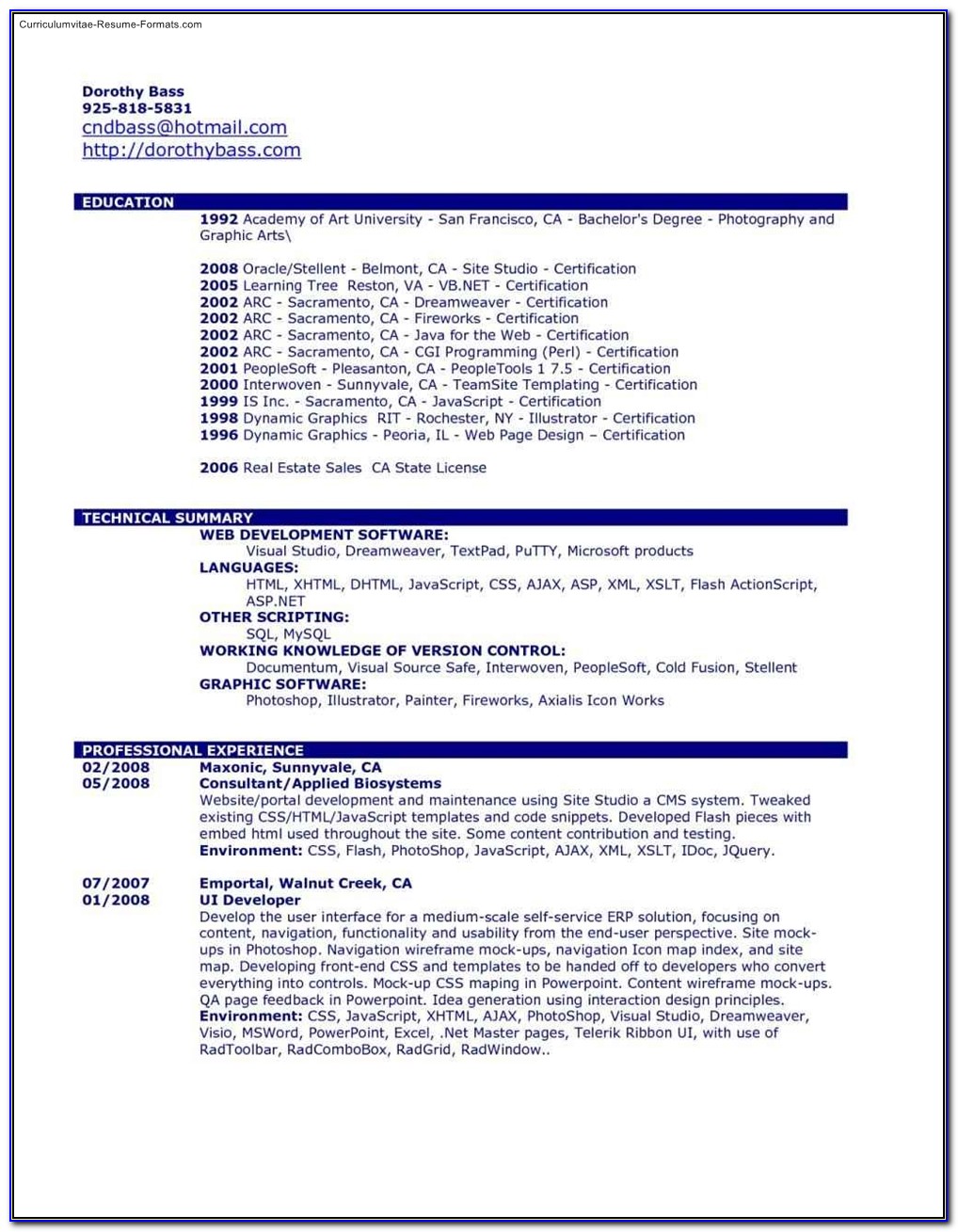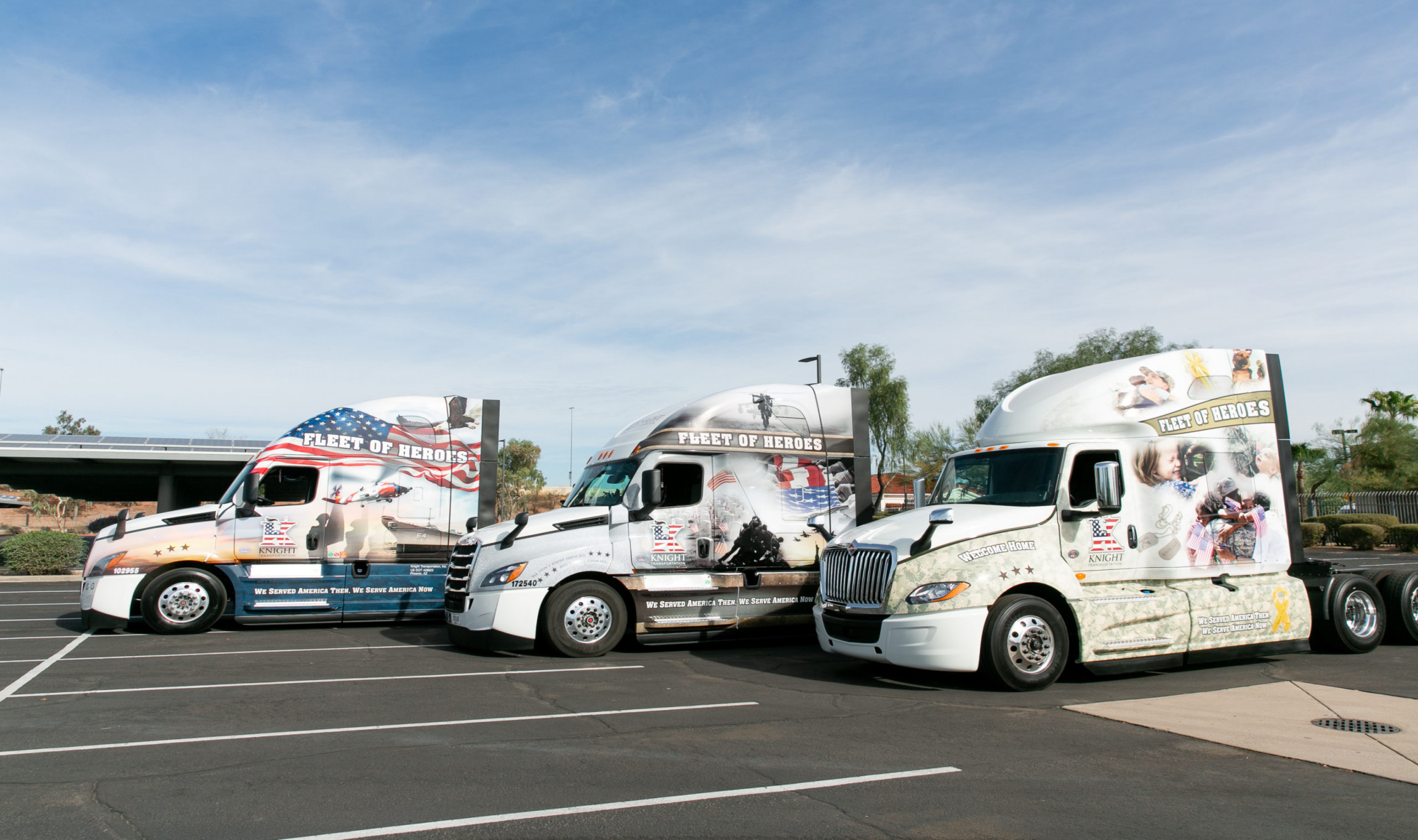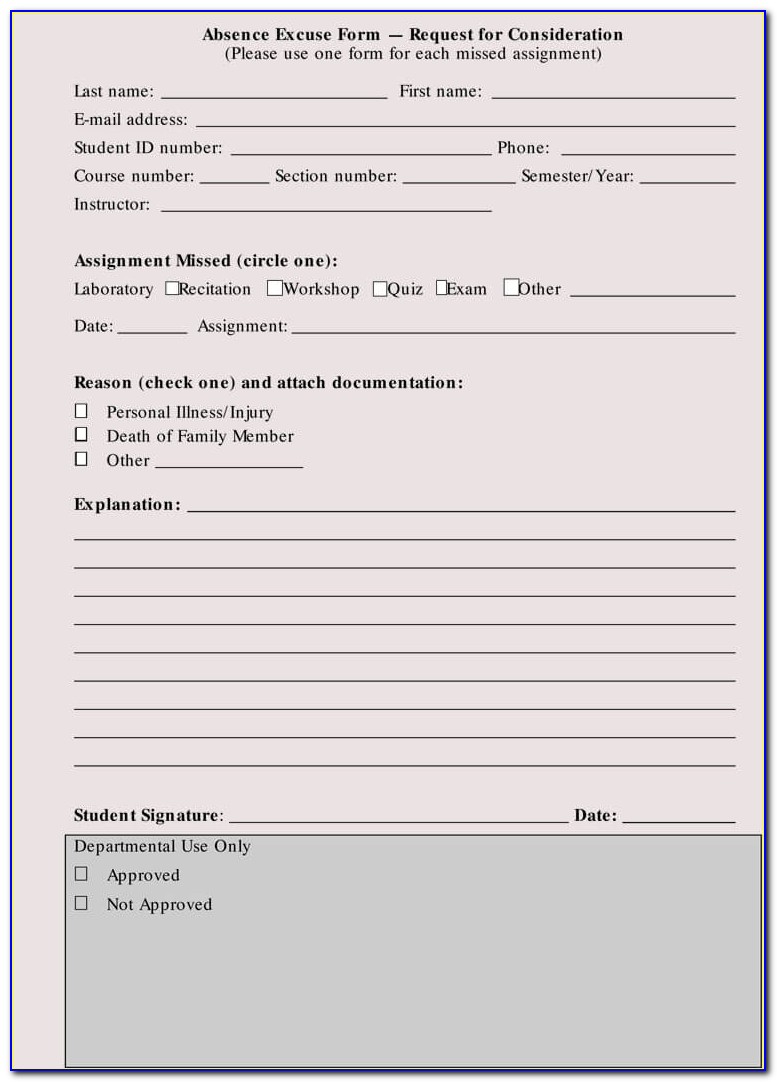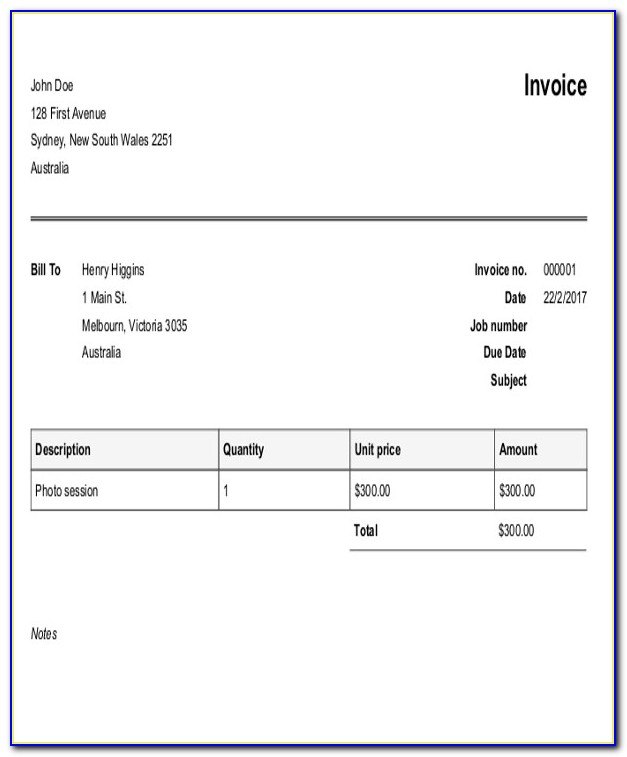Trains Is Hard Job – Railroad Work: Tough Job On The Tracks
Outline
Introduction
Challenges Faced by Train Drivers

Long and Irregular Working Hours
High Responsibility and Stressful Situations
Physical and Mental Fatigue
Training and Qualifications Required
Licensing and Certification
Technical and Practical Skills
Medical Fitness
Rewards of Being a Train Driver
Job Security and Benefits
Competitive Salaries and Opportunities for Advancement
Contributing to Public Transportation and Community
Conclusion
Trains are an essential part of public transportation, and train drivers are responsible for safely and efficiently operating them. However, the job of a train driver is not an easy one and involves various challenges and demands.
Challenges Faced by Train Drivers
One of the most significant challenges of being a train driver is the long and irregular working hours. Train drivers are required to work shifts that often include early mornings, late nights, weekends, and holidays. This can cause disruptions to their personal and social life, leading to stress and fatigue.
Another significant challenge is dealing with high responsibility and stressful situations. Train drivers are responsible for the safety of passengers, crew, and cargo on board. They must make quick decisions in emergency situations and handle unexpected events such as weather changes, mechanical failures, or accidents.
Train driving is also a physically and mentally demanding job that requires focus, attention, and endurance. Drivers must remain alert and vigilant for extended periods, often in monotonous and repetitive environments. They are exposed to various environmental factors such as noise, vibration, and temperature changes, which can affect their health and well-being.
Training and Qualifications Required
To become a train driver, one must undergo extensive training and obtain the necessary qualifications and licenses. The training may vary depending on location and type of train but typically includes technical and practical skills such as operating controls, checking equipment, and responding to emergencies.
Train drivers must hold a valid license or certification to operate a train legally. Moreover, they must meet specific medical and fitness requirements to ensure their ability to handle the job’s physical and mental demands.
Rewards of Being a Train Driver
Despite the challenges, being a train driver can be rewarding both personally and professionally. One of the most significant rewards is job security and benefits. Train drivers are in high demand and have stable employment opportunities with excellent benefits such as health insurance, retirement plans, and paid time off.
Train drivers also receive competitive salaries and opportunities for advancement. With experience and additional training, they can advance to higher positions such as a driver trainer, supervisor, or manager.
Finally, train drivers contribute to public transportation and the community by providing safe and reliable transportation to passengers and cargo. They help reduce traffic congestion, air pollution, and carbon emissions by promoting sustainable transportation and supporting economic growth.
Conclusion
In conclusion, being a train driver is a challenging but rewarding job that requires dedication, skills, and qualifications. Train drivers face various challenges, including long and irregular working hours, high responsibility and stress, and physical and mental fatigue. However, they also enjoy benefits such as job security, competitive salaries, and opportunities for advancement while contributing to public transportation and the community.
FAQs
1. What are the qualifications required to become a train driver?
Train drivers must undergo extensive training and obtain the necessary qualifications and licenses, including technical and practical skills, licensing and certification, and medical fitness.
2. What are the benefits of being a train driver?
Train drivers enjoy benefits such as job security, competitive salaries, and opportunities for advancement, while contributing to public transportation and the community.
3. What are the challenges faced by train drivers?
Train drivers face challenges such as long and irregular working hours, high responsibility and stress, and physical and mental fatigue.
4. How do train drivers contribute to the community?
Train drivers contribute to the community by providing safe and reliable transportation to passengers and cargo, reducing traffic congestion, air pollution, and carbon emissions, and supporting economic growth.
5. Is being a train driver a physically and mentally demanding job?
Yes, being a train driver is a physically and mentally demanding job that requires focus, attention, and endurance and is exposed to various environmental factors that can affect health and wellbeing.
Dear reader,
In this article, we will discuss the challenges and rewards of being a train driver. Train driving is an essential part of public transportation, and train drivers are responsible for safely and efficiently operating trains. However, the job of a train driver is not an easy one and involves various challenges and demands.
One of the most significant challenges of being a train driver is long and irregular working hours. Train drivers are required to work shifts that often include early mornings, late nights, weekends, and holidays. This can cause disruptions to their personal and social life, leading to stress and fatigue.
Another significant challenge is dealing with high responsibility and stressful situations. Train drivers are responsible for the safety of passengers, crew, and cargo on board. They must make quick decisions in emergency situations and handle unexpected events such as weather changes, mechanical failures, or accidents.
Train driving is also a physically and mentally demanding job that requires focus, attention, and endurance. Drivers must remain alert and vigilant for extended periods, often in monotonous and repetitive environments. They are exposed to various environmental factors such as noise, vibration, and temperature changes, which can affect their health and well-being.
To become a train driver, one must undergo extensive training and obtain the necessary qualifications and licenses. The training may vary depending on location and type of train but typically includes technical and practical skills such as operating controls, checking equipment, and responding to emergencies. Train drivers must also hold a valid license or certification to operate a train legally. Moreover, they must meet specific medical and fitness requirements to ensure their ability to handle the job’s physical and mental demands.
Despite the challenges, being a train driver can be rewarding both personally and professionally. One of the most significant rewards is job security and benefits. Train drivers are in high demand and have stable employment opportunities with excellent benefits such as health insurance, retirement plans, and paid time off.
Train drivers also receive competitive salaries and opportunities for advancement. With experience and additional training, they can advance to higher positions such as a driver trainer, supervisor, or manager.
Finally, train drivers contribute to public transportation and the community by providing safe and reliable transportation to passengers and cargo. They help reduce traffic congestion, air pollution, and carbon emissions by promoting sustainable transportation and supporting economic growth.
In conclusion, being a train driver is a challenging but rewarding job that requires dedication, skills, and qualifications. Train drivers face various challenges, including long and irregular working hours, high responsibility and stress, and physical and mental fatigue. However, they also enjoy benefits such as job security, competitive salaries, and opportunities for advancement while contributing to public transportation and the community.
Thank you for reading this article.
FAQs
1. What are the qualifications required to become a train driver?
Train drivers must undergo extensive training and obtain the necessary qualifications and licenses, including technical and practical skills, licensing and certification, and medical fitness.
2. What are the benefits of being a train driver?
Train drivers enjoy benefits such as job security, competitive salaries, and opportunities for advancement while contributing to public transportation and the community.
3. What are the challenges faced by train drivers?
Train drivers face challenges such as long and irregular working hours, high responsibility and stress, and physical and mental fatigue.
4. How do train drivers contribute to the community?
Train drivers contribute to the community by providing safe and reliable transportation to passengers and cargo, reducing traffic congestion, air pollution, and carbon emissions, and supporting economic growth.
5. Is being a train driver a physically and mentally demanding job?
Yes, being a train driver is a physically and mentally demanding job that requires focus, attention, and endurance and is exposed to various environmental factors that can affect health and wellbeing.

